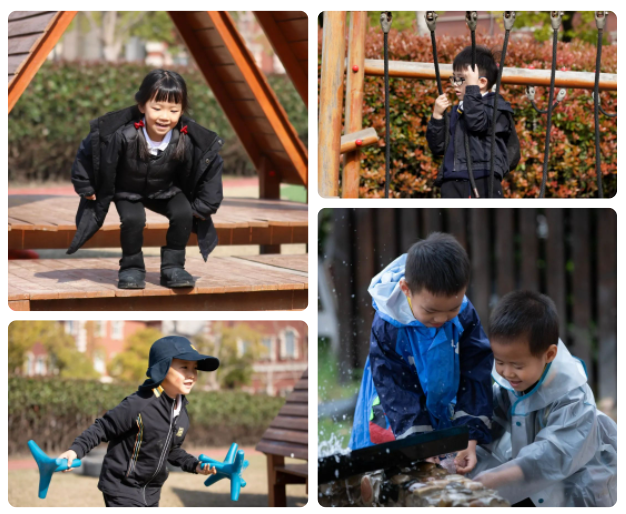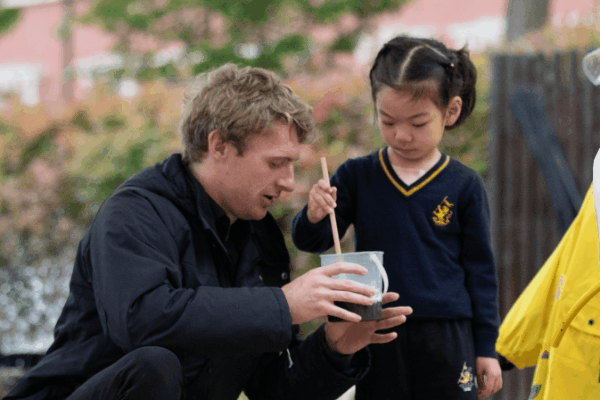
Rebecca Hatton
Early Years PE Teacher
As adults, life is full of risks. No outcome is ever 100 per cent certain. So every decision we make has an element of risk, in our homes, on our journey to work, in our career choices and even in matters of the heart.
We can calculate the level of risk; we understand our limitations and our capabilities. As adults, we have experienced failure in many forms, which helps us grow as a person. Many of us would not be in our position if we did not take risks and experience failure and setbacks. But where do we learn to calculate the level of risk? How do we understand our limitations? And how do we build the skills and resources we need to navigate life?
We learn this through various experiences, and this experience begins in childhood.

Encouraging positive risk taking behaviour
The point of taking risks isn't the outcome but the process in and of itself. As early years educators, our two main goals are to keep children safe and help to shape them to be the best versions of themselves.
Every day children take chances. They run, jump, climb and navigate obstacles. They fall, and they get back up again. We want our children to take risks and push their limits. It is an essential tool for building character and confidence. It makes children more robust and resilient.
Here are some suggestions to help promote positive risk taking with your children:
Let children make choices
Be close by but allow children to have a sense of autonomy
Use resilient language, for example, “keep trying.”
Role model, a can-do attitude, and send the message to children that it is ok to make mistakes.
Encourage children to self-regulate and manage their feelings.
Get out and play with your children, and practice challenging activities together.

Benefits of risk taking in early childhood
"The more risks you allow children to take, the better they learn to care for themselves."
- Roald Dahl
It is natural to be fearful and feel uncomfortable with your children taking risks as a parent. It may be easier to set your child’s limits and not allow them to take risks to reduce the chance of getting hurt. But in turn, this then can limit their physical, emotional and social growth.
There is a difference between putting children at risk and allowing children to take risks. However, taking risks in a safe and controlled environment can lead to positive outcomes.

Taking risks in a safe environment allows children to be exposed to new environments. It builds confidence and teaches valuable life skills. Taking risks gives children the chance to experiment with new skills and experience failure. This builds resilience and self-regulation. Taking risks like balancing on logs and climbing trees helps build motor skills essential for physical development. Taking risks teaches children independence and determination, essential skills for building a growth mindset. When we let children take risks, we show that they can succeed if they do not give up and keep trying. Finally, when children are allowed to test their limits, they develop an understanding of their abilities. This builds self-awareness and a realistic sense of self.